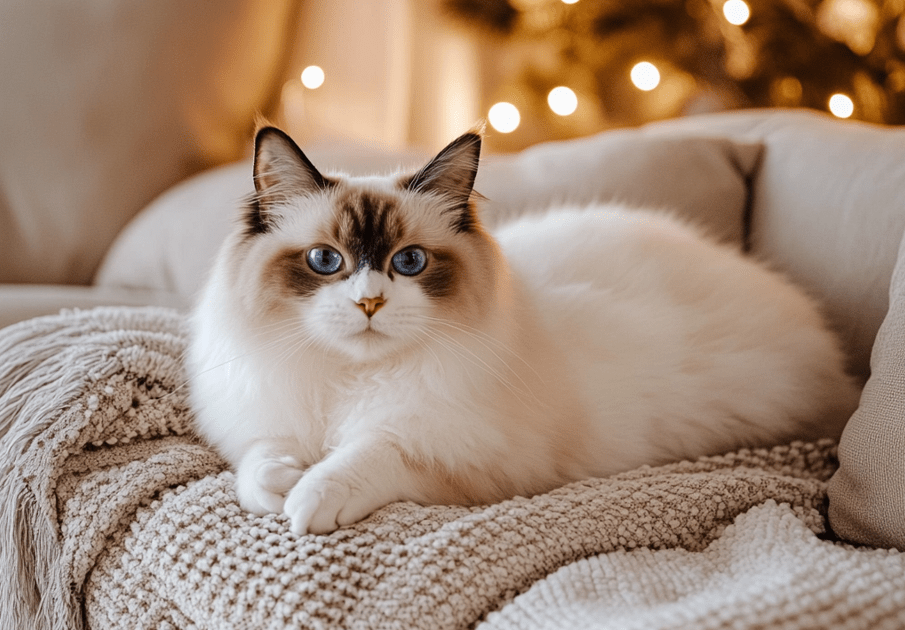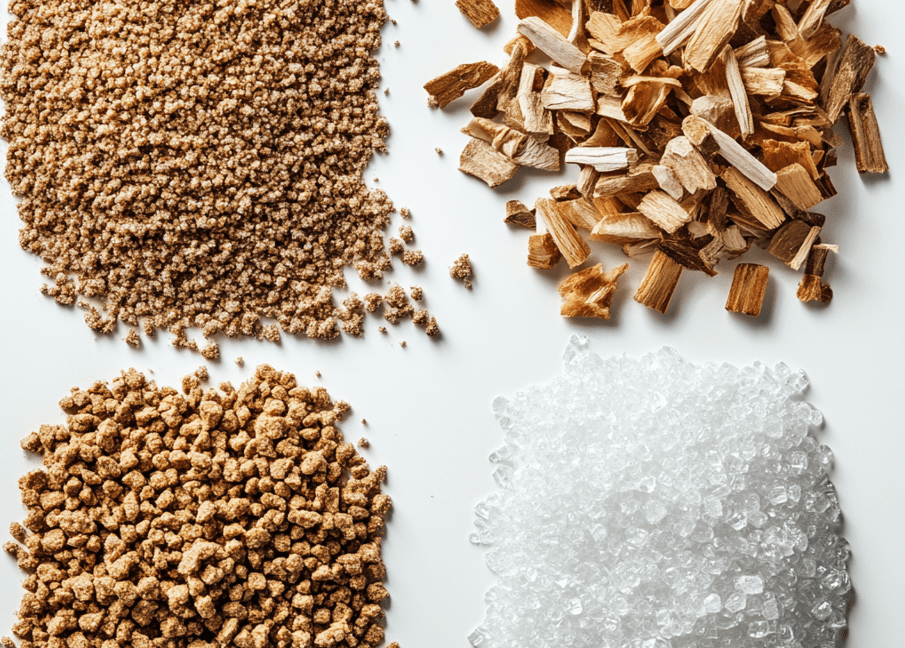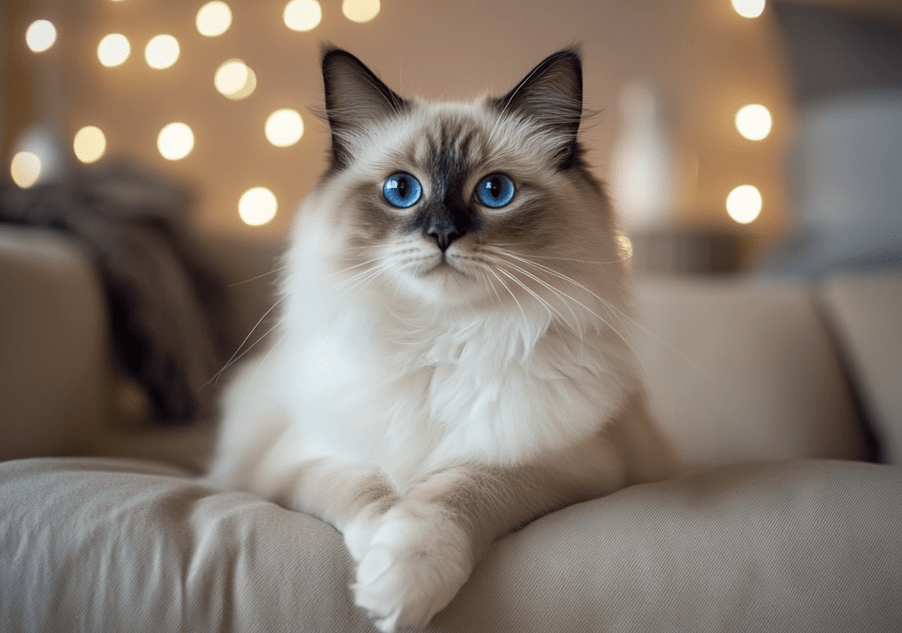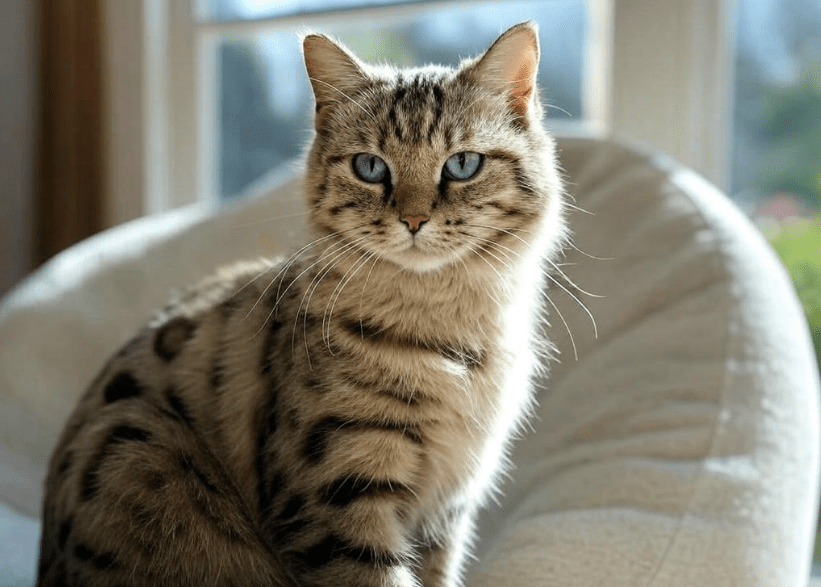
Ragdoll cats are celebrated for their plush, semi-long coats and affectionate personalities, but a common claim among owners is that Ragdoll cats shed less than other breeds. Is this fact or merely a myth? Understanding the shedding habits of a Ragdoll cat’s luxurious fur is crucial for prospective owners and current caregivers. In this comprehensive guide, we’ll dive into the truth behind Ragdoll shedding, compare their coat maintenance to other breeds, explore factors influencing shedding, and provide practical grooming tips to manage fur effectively.
Understanding Ragdoll Cat Coats
To determine whether Ragdolls shed less, we first need to examine their coat characteristics. Ragdolls have a semi-long, dense coat with a soft, silky texture. Unlike double-coated breeds (e.g., Maine Coons or Persians), Ragdolls have a single-layer coat, which lacks a thick undercoat. This unique coat structure is often cited as a reason for reduced shedding, but let’s break it down:
Single-Layer Coat: Ragdolls have guard hairs and a minimal undercoat, reducing the volume of loose fur compared to double-coated breeds.
Silky Texture: Their fur is less prone to matting, which can make shedding less noticeable.
Seasonal Shedding: Like most cats, Ragdolls shed more during spring and fall to adjust to temperature changes, but the amount is often moderate.
Do Ragdoll Cats Shed Less?
The claim that Ragdolls shed less than other breeds is partially true, but it depends on the comparison and context. Here’s a detailed analysis:
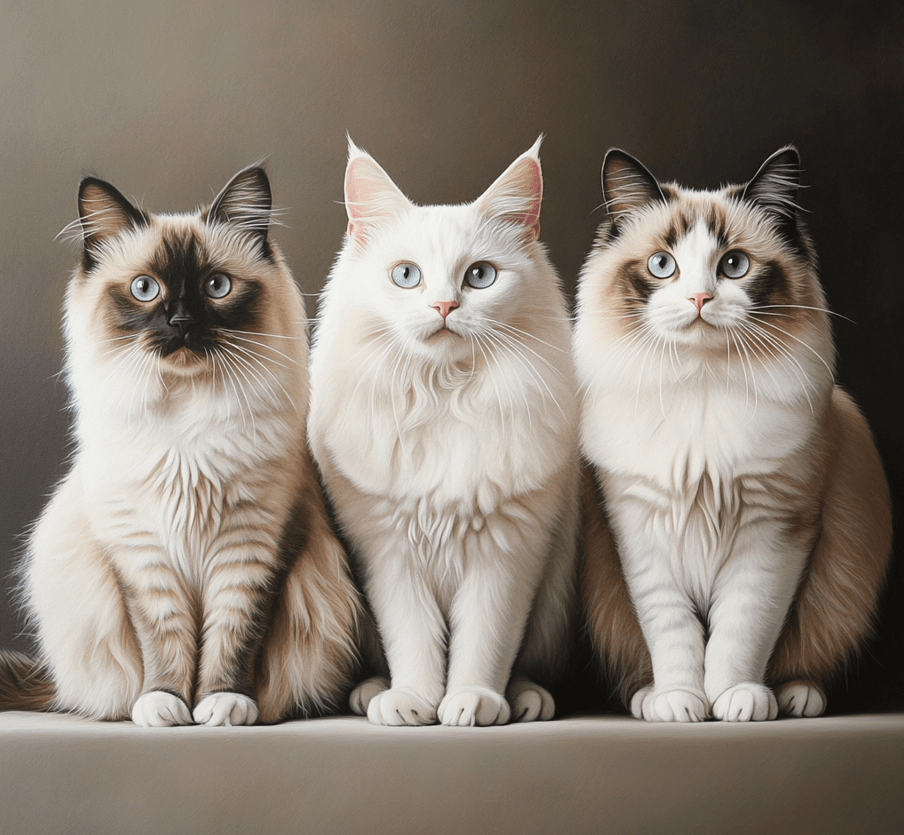
Evidence Supporting Less Shedding
Single-Layer Coat: Breeds like Siberian or Norwegian Forest Cats have dense double coats, shedding significantly more fur, especially during seasonal changes. Ragdolls, with their single-layer coat, produce less loose fur.
Moderate Shedding Patterns: Ragdolls shed year-round at a steady, manageable rate, with mild increases in spring and fall. This contrasts with heavy shedders like Persians, who may leave clumps of fur daily.
Silky Fur: The smooth texture of Ragdoll fur means loose hairs are less likely to cling to furniture or clothing, creating the perception of less shedding.
Anecdotal Reports: Many Ragdoll owners report less fur around their homes compared to owners of breeds like Maine Coons or domestic shorthairs.
Evidence Challenging the Claim
Not Hypoallergenic: Despite shedding less, Ragdolls still produce dander (a common allergen), so they’re not ideal for allergy sufferers, dispelling the myth of being “low-shed, low-allergen” cats.
Individual Variation: Shedding varies among Ragdolls based on genetics, diet, health, and environment. Some Ragdolls may shed more than expected, especially if stressed or poorly groomed.
Comparison to Shorthairs: Compared to short-haired breeds like Siamese or Abyssinians, Ragdolls may shed more due to their longer fur, though the difference is often minimal.
Verdict
Ragdolls generally shed less than long-haired, double-coated breeds but may shed similarly or slightly more than some short-haired breeds. The myth of “low shedding” holds true when compared to heavy shedders, but it’s not a universal rule. Proper grooming and care significantly influence how noticeable their shedding is.
Comparing Ragdoll Shedding to Other Breeds
To put Ragdoll shedding in perspective, let’s compare them to popular breeds:
|
Breed |
Coat Type |
Shedding Level |
Notes |
|---|---|---|---|
|
Ragdoll |
Semi-long, single-layer |
Moderate to Low |
Sheds steadily, less noticeable due to silky fur; seasonal increases. |
|
Maine Coon |
Long, double-layered |
High |
Heavy shedding, especially in spring; requires frequent grooming. |
|
Persian |
Long, dense |
High |
Prone to matting and heavy shedding; daily brushing needed. |
|
Siamese |
Short, sleek |
Low |
Minimal shedding, but more frequent grooming may still be needed. |
|
Siberian |
Long, triple-layered |
High |
Significant shedding, especially seasonally; not ideal for low maintenance. |
|
Sphynx |
Hairless |
None |
No fur shedding, but requires skin cleaning to manage oils. |
Key Takeaway
Ragdolls rank among the lower-shedding long-haired breeds, making them a good choice for owners seeking a balance between a luxurious coat and manageable fur cleanup.
Factors Influencing Ragdoll Shedding
Shedding in Ragdolls is influenced by several factors, which owners can manage to minimize fur buildup:
1. Diet and Nutrition
A balanced diet rich in omega-3 fatty acids, biotin, and high-quality protein promotes a healthy coat and reduces excessive shedding. Poor nutrition can lead to dry, brittle fur that sheds more.
Tip: Feed your Ragdoll premium cat food labeled for “skin and coat health.” Consult your vet for recommendations.
2. Grooming Routine
Regular brushing removes loose fur before it spreads around your home. Without grooming, even a Ragdoll’s moderate shedding can become noticeable.

Tip: Brush 2–3 times per week with a slicker brush or wide-tooth comb to keep shedding under control.
3. Health Conditions
Medical issues like allergies, skin infections, or hormonal imbalances can increase shedding. Stress or parasites (e.g., fleas) may also cause excessive fur loss.
Tip: Schedule regular vet checkups and watch for signs like bald patches, redness, or overgrooming.
4. Environment
Indoor Ragdolls may shed less than outdoor cats, as they’re less exposed to temperature fluctuations that trigger seasonal shedding. Dry indoor air can also cause skin flaking and increased fur loss.
Tip: Use a humidifier in winter to maintain skin and coat health.
5. Age and Hormones
Kittens and senior Ragdolls may shed differently due to growth or aging. Unspayed or unneutered Ragdolls may experience hormonal shedding during heat cycles.
Tip: Spay or neuter your Ragdoll to stabilize shedding patterns.
Grooming Tips to Manage Ragdoll Shedding
While Ragdolls shed less than some breeds, a consistent grooming routine is essential to minimize fur buildup and keep their coat healthy. Here are expert tips tailored for Ragdolls:
1. Brush Regularly
Tool: Use a slicker brush or undercoat rake for Ragdolls.
Frequency: Brush 2–3 times per week, increasing to daily during shedding seasons (spring and fall).
Technique: Brush gently in the direction of hair growth, focusing on areas like the belly, hindquarters, and tail where fur is densest.
2. Use a Wide-Tooth Comb
Purpose: Prevents matting, which can trap loose fur and make shedding appear worse.
Technique: Comb in small sections, starting at the tips and working toward the skin to avoid pulling.
3. Bathe Sparingly
Frequency: Bathe every 2–3 months or as needed to remove excess oils and loose fur.
Products: Use a cat-safe shampoo formulated for long-haired breeds.
Tip: Dry thoroughly to prevent matting, as Ragdolls’ dense fur retains moisture.
4. Clean with Grooming Wipes
Purpose: Removes dander and loose fur between baths.
Tip: Choose hypoallergenic, fragrance-free wipes to avoid skin irritation.
5. Maintain a Clean Environment
Vacuum Regularly: Use a pet-hair-specific vacuum to capture loose fur.
Wash Bedding: Clean your Ragdoll’s bedding weekly to reduce fur and dander buildup.
Lint Rollers: Keep lint rollers handy for quick furniture cleanup.
6. Monitor Skin and Coat Health
Check for Mats: Gently detangle small mats with a comb or detangling spray.
Inspect Skin: Look for redness, flakes, or bald spots that may indicate health issues.
Consult a Vet: Address unusual shedding promptly to rule out medical causes.
Debunking Myths About Ragdoll Shedding
Several misconceptions surround Ragdoll shedding. Let’s clarify them:
Myth 1: Ragdolls Are Hypoallergenic
Truth: No cat is truly hypoallergenic. Ragdolls produce dander, which triggers allergies, even if they shed less fur. If allergies are a concern, spend time with a Ragdoll before adopting.
Myth 2: Ragdolls Don’t Need Grooming
Truth: Their semi-long coat requires regular brushing to prevent matting and manage shedding. Neglecting grooming can lead to hairballs and skin issues.
Myth 3: All Ragdolls Shed the Same Amount
Truth: Shedding varies based on genetics, diet, and care. Some Ragdolls may shed more than others, especially if not groomed properly.
Myth 4: Shedding Can’t Be Controlled
Truth: With proper grooming, diet, and environmental management, you can significantly reduce noticeable shedding in Ragdolls.
Ragdolls vs. Other Low-Shedding Breeds
If you’re considering a Ragdoll for their lower shedding, it’s worth comparing them to other low-shedding breeds:
Balinese: Similar semi-long coat, sheds minimally but requires frequent grooming.
Russian Blue: Short, dense coat with low shedding; easier to maintain than Ragdolls.
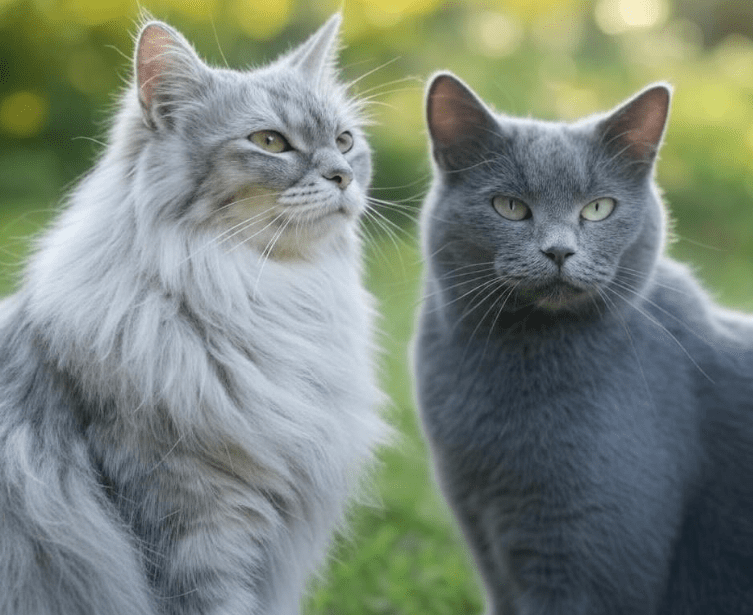
Devon Rex: Wavy, short coat with minimal shedding; ideal for allergy sufferers but needs skin care.
Sphynx: Hairless, no fur shedding but requires regular skin cleaning.
Ragdolls stand out for their balance of a luxurious coat and moderate shedding, making them a popular choice for owners who want beauty without excessive fur cleanup.
Practical Advice for Ragdoll Owners
To make the most of your Ragdoll’s lower-shedding coat, follow these practical tips:
1. Establish a Grooming Routine Early
Start grooming your Ragdoll kitten to build positive associations. Use treats and short sessions to make it enjoyable.
2. Invest in Quality Tools
Slicker Brush: For daily brushing and loose fur removal.
Undercoat Rake: For seasonal shedding management.
Wide-Tooth Comb: For detangling and mat prevention.
3. Create a Pet-Friendly Home
Furniture Covers: Use washable throws to protect sofas and beds.
Air Purifiers: Reduce dander and fur in the air, especially for allergy-prone households.
Designated Cat Areas: Provide scratching posts and beds to contain fur in specific spots.
4. Monitor Seasonal Changes
Increase grooming during spring and fall to manage seasonal shedding spikes. Keep your Ragdoll indoors during extreme weather to stabilize shedding.
5. Consult Professionals
Veterinarian: For diet or health-related shedding concerns.
Groomer: For occasional professional grooming, especially for show Ragdolls or matted fur.
Special Considerations for Ragdolls
Shedding needs may vary based on your Ragdoll’s age, health, or lifestyle:
Kittens: Shed less due to developing coats but need gentle grooming to establish habits.
Senior Ragdolls: May shed more due to slower grooming or health issues; use soft brushes to avoid skin irritation.
Show Ragdolls: Require meticulous grooming to maintain a flawless coat, with daily brushing and professional care.
Indoor vs. Outdoor: Indoor Ragdolls shed less consistently, as they’re less affected by weather changes.
Common Mistakes to Avoid
To keep your Ragdoll’s shedding manageable, steer clear of these pitfalls:
Skipping Grooming: Infrequent brushing leads to matting and increased fur buildup.
Using Human Products: Human shampoos or brushes can damage your Ragdoll’s coat or skin.
Ignoring Health Signs: Excessive shedding may indicate medical issues; don’t dismiss it as normal.
Overbathing: Frequent baths strip natural oils, causing dry skin and more shedding.
Poor Diet Choices: Low-quality food can weaken the coat, increasing fur loss.
Conclusion
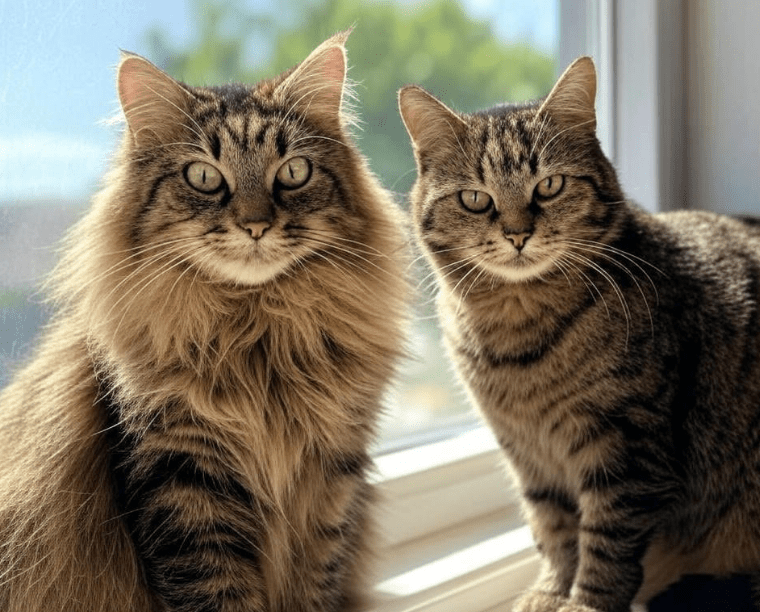
The claim that Ragdoll cats shed less than other breeds is largely true when compared to long-haired, double-coated breeds like Maine Coons or Persians, but it’s not a universal fact. Their single-layer, silky coat and moderate shedding patterns make them a low-maintenance option among long-haired cats, though grooming and care play a significant role in managing fur. By understanding the factors influencing shedding, adopting a consistent grooming routine, and providing proper nutrition, you can keep your Ragdoll’s coat healthy and your home fur-free.
Whether you’re a new Ragdoll owner or considering the breed, this guide equips you with the knowledge to embrace their beautiful coat with confidence. With the right approach, your Ragdoll’s shedding will be a minor concern, letting their charm and affection shine through.


